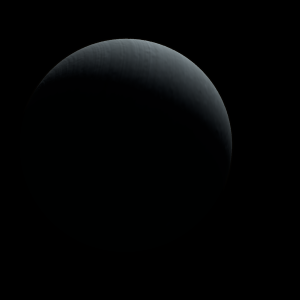|
|
Space Astro
|
Info for exoplanet "Yingl Wen"
| Scientific (actual) data |
|---|
| Name | TOI-2207 b |
| Planet status | Confirmed |
| Planet mass | 0.64 |
| Radius | 0.995 |
| Orbital period | 8.00197 |
| Semi major axis | 0.0854 |
| Orbit eccentricity | 0.174 |
| Inclination | 88.84 |
| Discovered | 2022 |
| Updated | 2022-05-24 |
| Tzero tr | 2459280 |
| Impact parameter | 0.2 |
| K | 55.8 |
| Temperature (kelvin) | 1259 |
| Publication | Published in a refereed paper |
| Detection type | Primary Transit |
| Mass measurement type | Radial Velocity |
| Star name | TOI-2207 |
| Right ascension | 307.6° |
| Declination | -44.89° |
| Star distance | 380.6 |
| Star metallicity | 0.18 |
| Star mass | 1.296 |
| Star radius | 1.564 |
| Star age | 3.3 |
| Star temperature | 6101 |
| Wikipedia article | TOI-2207 b |
Back
| |
| Fictional info (?) |
|---|
| Suggested name | Yingl Wen |
| Planet type | Warm gas giant |
| The largest moon, Yinya, has a diameter greater than that of the planet Neptune. |
| Atmosphere | Ethane | 50% |
| Carbon dioxide | 32% |
| 2H2O | 17% |
| Hydrogen chloride | 1% |
| Neon | 0.12% |
| Molecular hydrogen | 0.073% |
| Atmospheric pressure | 0.09 bar |
 |
| Moon | Yinya | Huge irregular crater-filled moon |
| Google search for Yingl wen |
|
Website by Joachim Michaelis
|
|
|
|